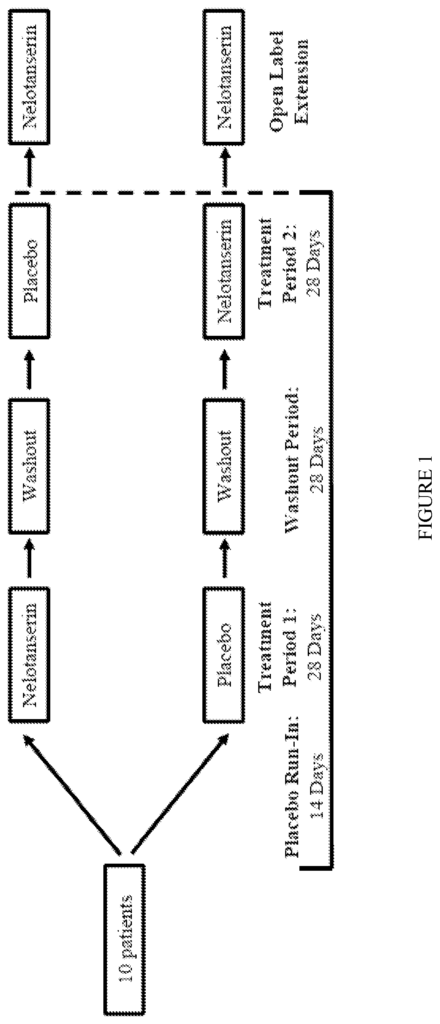Targeted Modulators for Neurodegenerative Care
Introduction
This serotonin modulation technology offers an innovative treatment method for managing hallucinations in patients with neurodegenerative diseases. By targeting the 5-HT2A serotonin receptor with specific diaryl and arylheteroaryl urea derivatives, the technology provides a new pathway to control and reduce the distressing hallucinations often associated with conditions like Parkinson’s and Alzheimer’s disease. For pharmaceutical and biotechnology companies, this invention represents a significant advancement in the field of neurodegenerative care, providing a targeted approach that can improve patients’ quality of life and support ongoing therapeutic efforts.
The Challenge: Managing Hallucinations in Neurodegenerative Diseases
Hallucinations are a common and distressing symptom for many individuals with neurodegenerative disorders, greatly impacting their mental health and daily living. Current treatments for these symptoms are limited and often come with unwanted side effects, making them unsuitable for long-term use. The lack of effective options for managing hallucinations associated with neurodegenerative diseases leaves both patients and caregivers facing significant challenges in symptom management. As the global prevalence of neurodegenerative conditions rises, there is an urgent need for safe, effective treatments that can address these symptoms without compromising patient well-being.
Serotonin Modulation for Improved Neuropsychiatric Care
This technology addresses these challenges by providing targeted modulation of the 5-HT2A serotonin receptor, a key receptor linked to hallucinations in neurodegenerative disorders. By modulating this receptor with selective urea derivatives, the technology offers a controlled and effective approach to managing hallucinations without the common side effects of traditional antipsychotic drugs. This targeted approach not only reduces the frequency and severity of hallucinations but also supports the broader therapeutic goal of improving patient mental health and quality of life. The technology’s precision makes it a valuable asset for developing treatments that prioritize patient safety and effectiveness.
Key Benefits for Pharmaceuticals and Neuroscience
For pharmaceutical companies and neuroscientists, this technology offers a novel approach to treating neuropsychiatric symptoms in patients with neurodegenerative diseases. It enables the development of specialized medications that improve symptom management while reducing side effects, giving patients a more sustainable treatment option. Healthcare providers can use this approach to support better outcomes for individuals suffering from conditions such as Parkinson’s and Alzheimer’s, helping them manage symptoms in a way that enhances overall quality of life.
Invest in the Future of Neurodegenerative Treatment
Licensing this serotonin modulation technology positions your company as a leader in neurodegenerative care innovation. By offering a treatment that effectively targets hallucinations without compromising safety, your business can meet the rising demand for advanced neuropsychiatric solutions. This technology is an invaluable asset for companies focused on advancing mental health care and providing specialized treatments for neurodegenerative diseases, driving forward compassionate and effective solutions for complex conditions.

- Abstract
- Claims
The present invention relates to certain pyrazole derivatives of Formula (I) and pharmaceutical compositions thereof that modulate the activity of the 5-HT2A serotonin receptor and their uses for the treatment and prophylaxis of visual hallucinations associated with Lewy Body dementia.
21. The method of claim 20, wherein the diagnosis of probable Dementia with Lewy bodies is defined by the presence of dementia and at least one of:
Share
Title
Diaryl and arylheteroaryl urea derivatives as modulators of the 5-ht2a serotonin receptor useful for the prophylaxis and treatment of hallucinations associated with a neurodegenerative disease
Inventor(s)
Lawrence Tim FRIEDHOFF, Shankar Ramaswamy, Yandong Wen
Assignee(s)
Axovant Sciences GmbH
Patent #
20210177804
Patent Date
June 17, 2021
